
The municipality of Breza spans an area of 73 square
kilometers and is situated in the central part of
Bosnia and Herzegovina. Its rich historical
heritage, geographical location, hospitality, and
sports-recreational facilities represent a valuable
perspective for the development of this local
community belonging to the Zenica-Doboj Canton.
Through the implementation of numerous projects, the
local government aims to contribute to the
construction and recognition of the identity of the
Breza municipality as a tourist destination.
Connecting local partners through joint activities
in the field of tourism is a crucial segment for the
development of the local community.
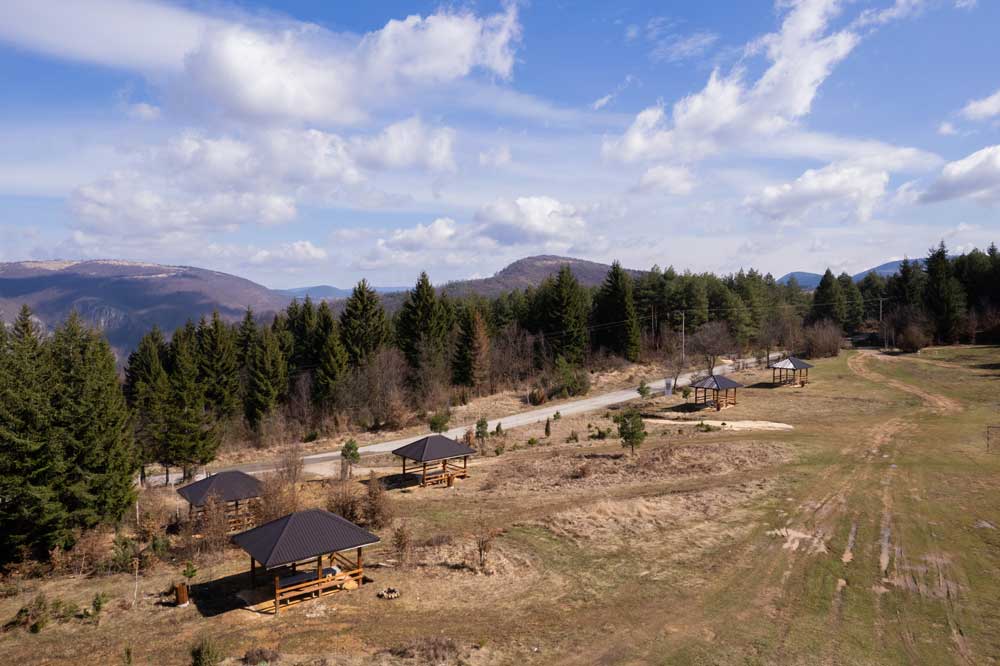
In order to improve the living conditions of rural residents through sustainable development of tourism and agriculture while preserving the natural and cultural-historical heritage of rural parts of the municipality, the pedestrian trail Hrasno-Vlahinje has been reconstructed over a length of 3,025 meters in the past period.
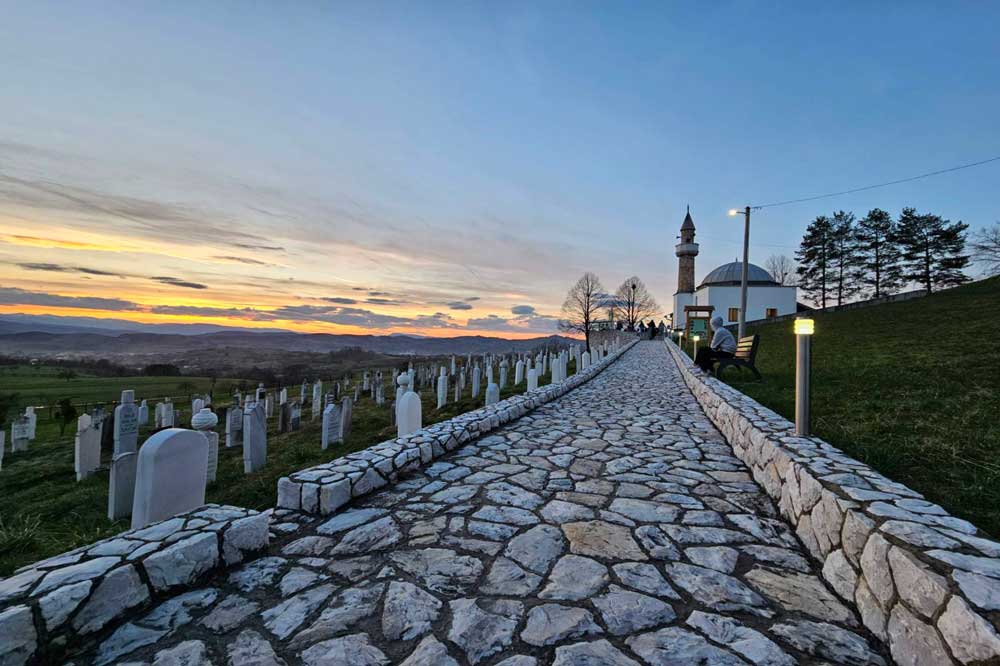
Travel writer John William Bills from Wales, during his visit to Breza, explored the site of the late antique basilica at Crkvina, the mosque in Podgora, the parish of Saint Barbara, the coal mine, and the excursion spot Hrasno.
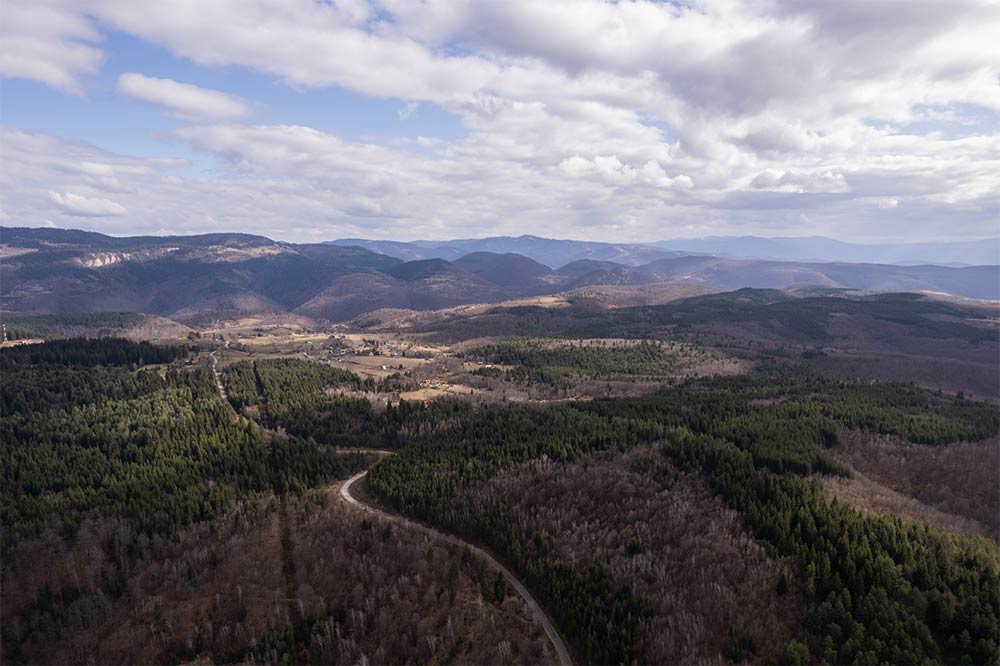
U okviru programa obilježavanja 1. marta - Dana nezavisnosti Bosne i Hercegovine, u osnovnim školama “Safvet-beg Bašagić” i “Enver Čolaković” 27. februara izvedena je predstava za djecu pod nazivom „Dječak koji nije želio da odraste“.
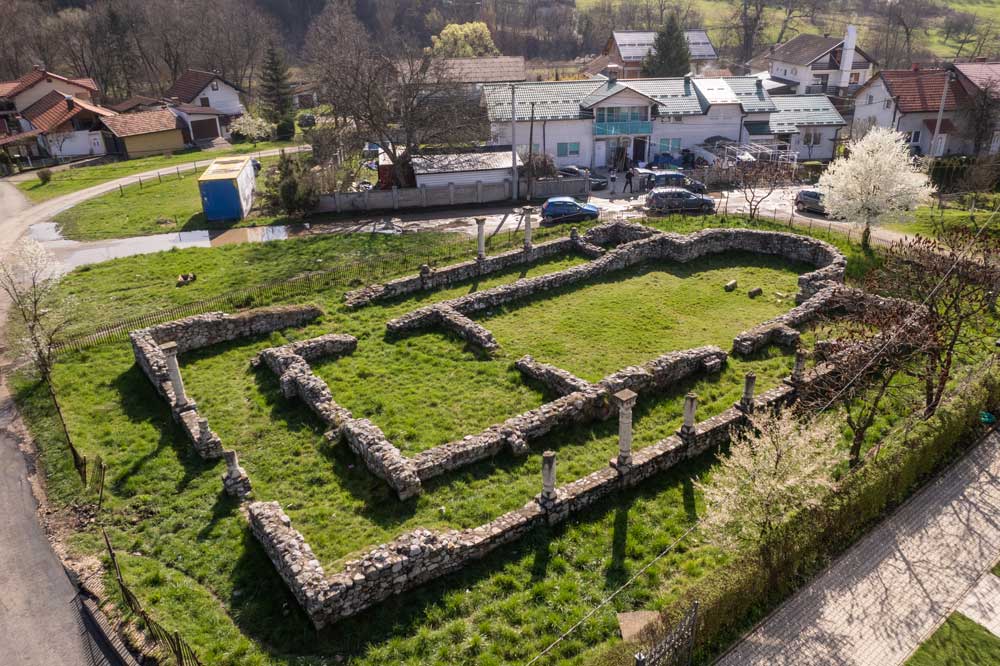
The archaeological site declared a national monument of Bosnia and Herzegovina is located on the right bank of the Stavnja River, at the Crkvina site. The Late Antique church (dimensions 31.5 x 19 m) is of basilica type, surrounded on three sides by porticos, and on the fourth, it concludes with a prominent semicircular apse. The orientation is unusual for this type of structure, from north to south, with the apse facing south. Additionally, an epigraphic monument or inscription has been found, mentioning one of the princes of the Dezitijate peregrine civitas.
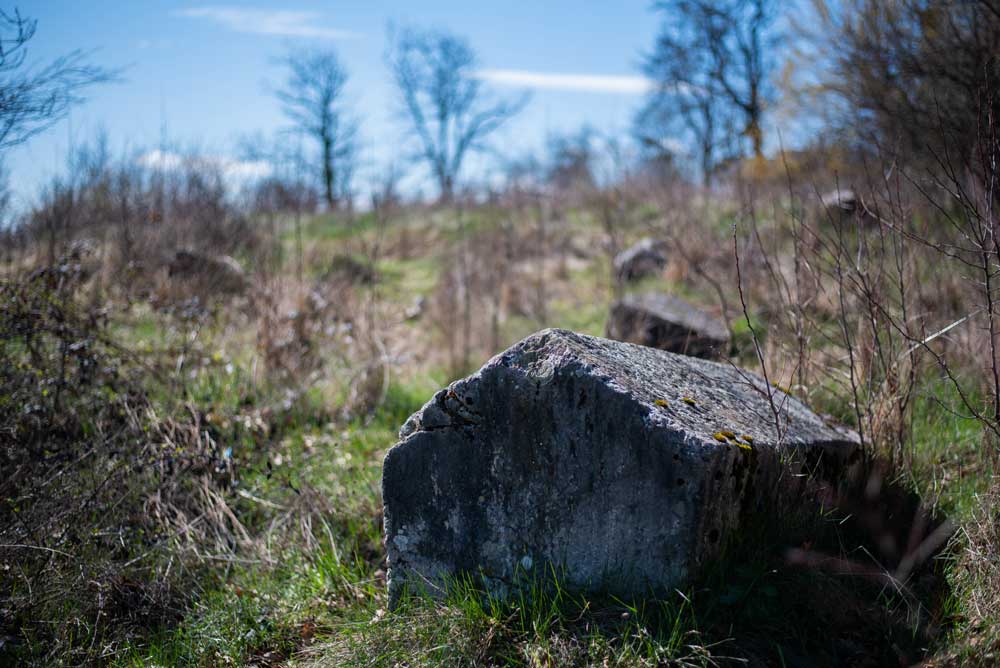
The historical area is declared a national monument of Bosnia and Herzegovina. The national monument consists of a necropolis with 73 tombstones (stećaks). The monuments vary in craftsmanship, with many specimens damaged and sunken. The site has suffered damage in several places, and it is assumed that some tombstones (stećaks) have been taken away. The orientation is in the west-east direction. Three specimens are decorated, including 1 chest, 1 ridge stone, and 1 pillar. Their decorative motifs include a cross, crescent moon, and a representation of a hand. 55 years ago, the Koritnik Necropolis - Greek cemetery was one of the most numerous in central Bosnia, according to a tombstone (stećak) inventory. However, the latest inventory found only 56 tombstones (stećaks), including 12 ridge stones and 44 chests, whereas there were previously 114. At the Kaursko cemetery site, near the crossroads for the village of Župča, there is an elevation with one finely carved tombstone (stećak), one large chest, and several sunken slabs or chests. The decorated tombstone (stećak) on the site has spirals and rosettes on its front side, its edges reinforced with twisted cord, and on the western side, there are several letters presumably indicating the year the monument was built. This is the only tombstone (stećak) with an inscription in the Breza municipality area.
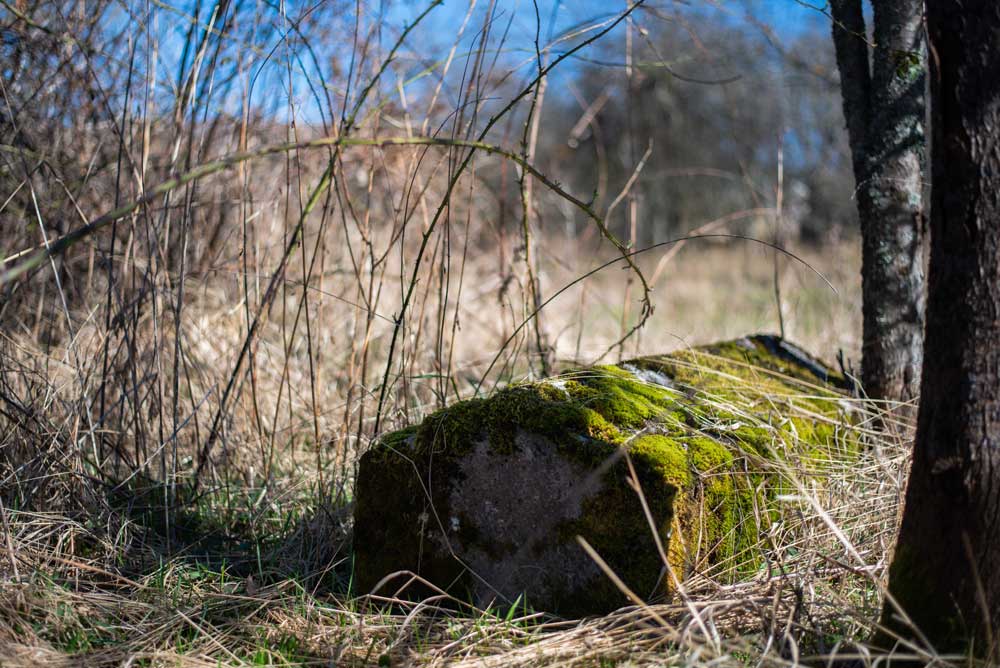
The historical area is declared a national monument of Bosnia and Herzegovina. The national monument consists of tombstones (Stećak) necropolis located at three sites, namely: the Repuh site with 13 tombstones (stećaks) – 4 slabs, 2 chests, and 7 ridge stones; the Zagoni site with 5 tombstones (stećaks) – 1 slab and 4 ridge stones; and the Lješčar site with 9 tombstones (stećaks) – 3 slabs and 6 chests. The monuments are well-carved and moderately preserved. They are arranged along both main directions. Three specimens are decorated, including 1 slab and 2 ridge stones. The relief motifs include twisted ribbons, double spirals with rosettes, and staff.
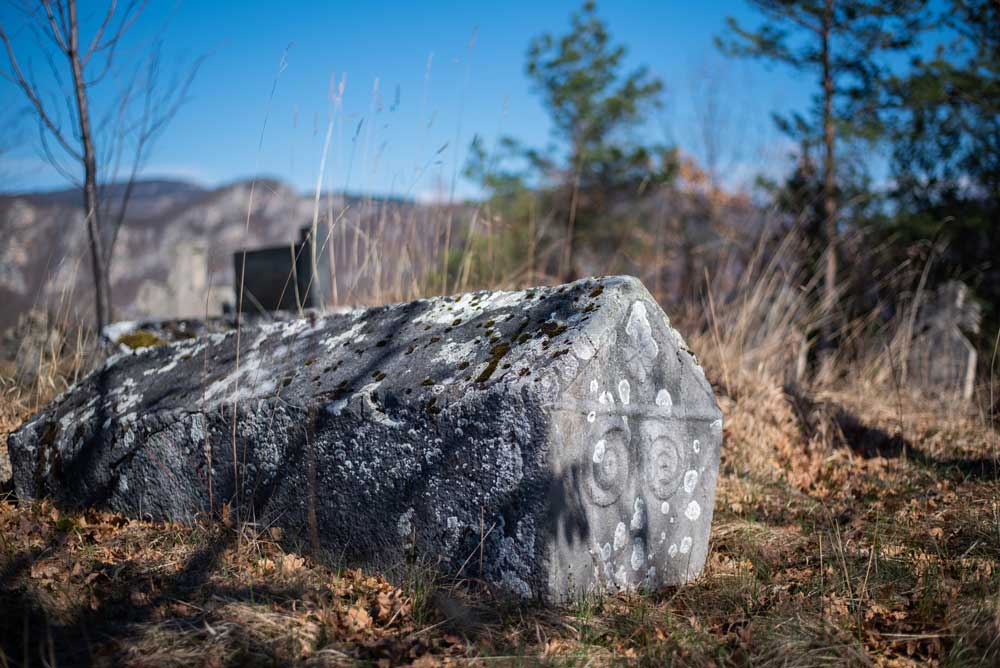
The necropolis consists of 5 tombstones (stećaks), specifically 1 slab and 4 ridge stones. The monuments are meticulously crafted, although some specimens are now chipped and overturned. They are placed along both main directions. Decorated with motifs such as twisted ribbons, double spirals with lilies, and rosettes. Additionally, two original motifs are visible: a representation of a person sitting on a chair, holding a cane, and reading a book. Above the figure is a crescent moon. All of this is depicted in two arched niches. Adjacent to the tombstones (stećaks) is a contemporary Orthodox cemetery, and these tombstones (stećaks) are considered among the most beautiful in the Breza region.
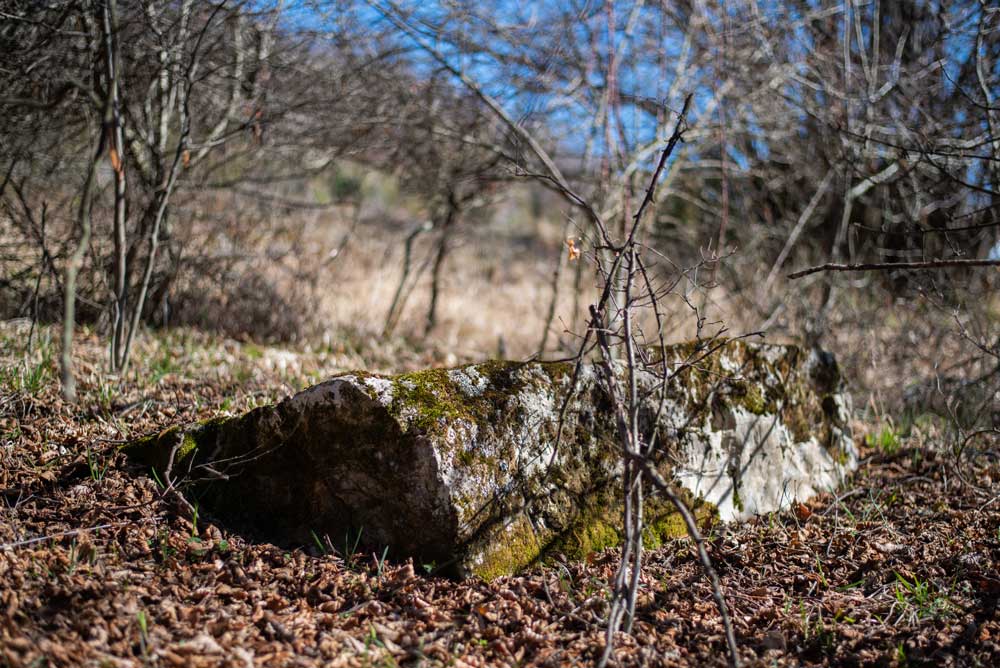
The necropolis consists of 9 tombstones (stećaks), specifically 3 slabs and 6 chests. The monuments are quite well-crafted and preserved, although some are overgrown and covered with soil. They are arranged in a west-east direction. They lack any ornamentation.
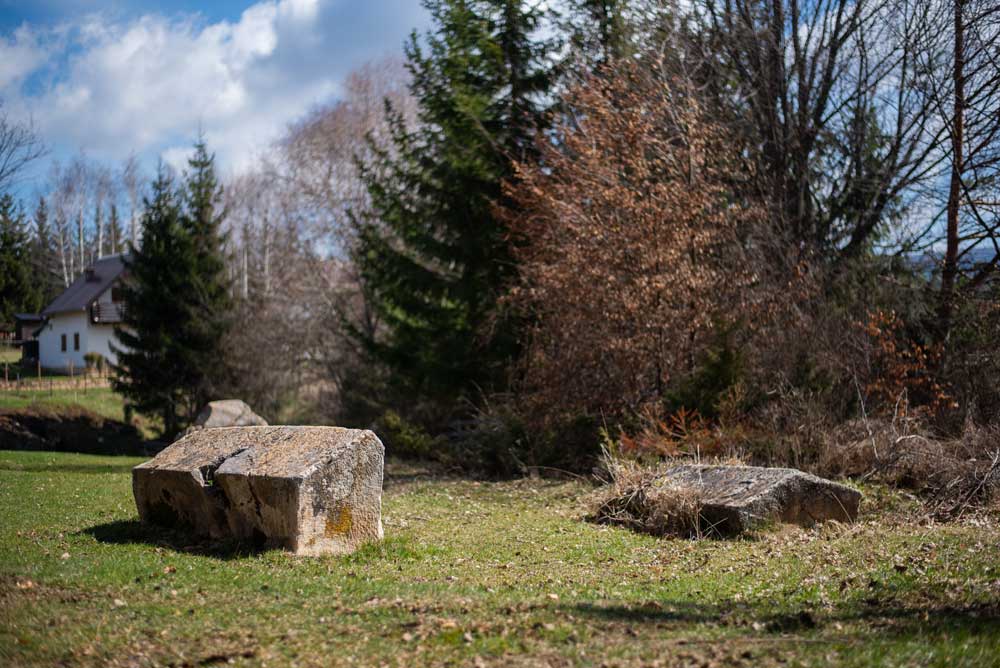
The historical area is declared a national monument of Bosnia and Herzegovina. The Hrasno site is located beside the road leading from Breza to Slivno. The site is on the southern side of the road, half a kilometer before the entrance to Slivno. The necropolis is situated on a gentle incline in the central part of the local recreational area. On the site, 10 tombstones (stećaks) were technically recorded: 6 ridge stones and 4 chests, all made of limestone. The monuments were originally well-crafted but are now significantly damaged. They are arranged in a west-east direction, except for one specimen that lies in a south-north direction. One ridge stone is decorated with motifs of a crescent moon and rosette. It's worth noting that in the nearby Muslim cemetery, there are two gravestones with ornaments commonly found on tombstones (stećaks), such as a cane, bow, and sword.
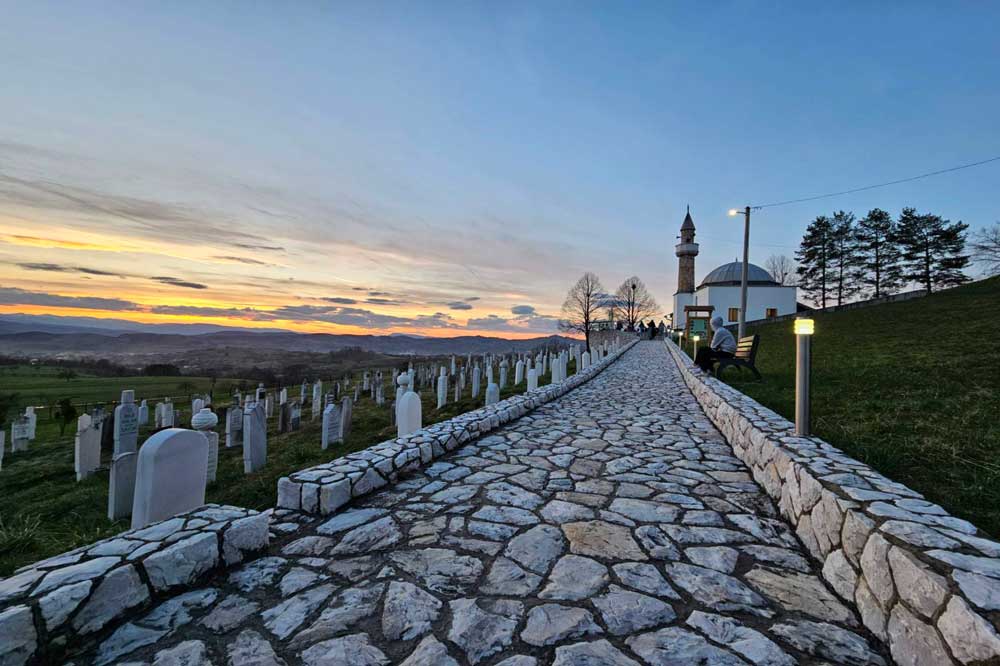
The national monument consists of the original parts of the mosque building: walls, dome, and stone minaret. The newly constructed porch is not a subject to protection. The mosque belongs to a typological series of central single-space mosques with loggias, a stone minaret, and a brick dome that was concealed by a four-sloped roof. Originally, the mosque had open loggias, which were later bricked up due to the need for additional space. The total length of the mosque (including the added part) was 11.20 meters, while its width was 7.80 meters. The main body of the mosque has floor dimensions of 7.80 x 7.80 meters, with a wall height of 4.50 meters.